Over the past few weeks, we've been covering the history of the acupuncture profession in the US.
We started by discussing how acupuncture was introduced in the West, and later learned how it was practiced in America during the 1800s, but then largely disappeared from the American consciousness until the 1970s, when it brought into the American mainstream by James Reston, a writer for the New York Times.
During the 1970s, acupuncture faced backlash from the mainstream medical establishment and lawmakers, who passed stringent laws to heavily regulate the profession. Because of this, acupuncturists during the 1980s came together to form professional organizations and set industry standards to ease state-regulation.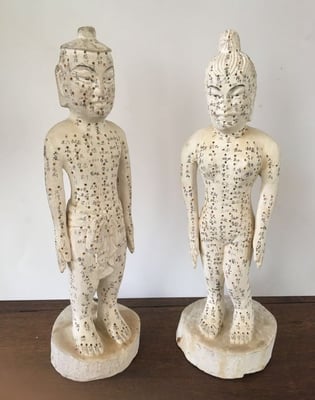
Luckily regulations became more reasonable, and during the 1990's, the biggest challenges for acupuncturists concerned the relationship of Oriental Medicine with Conventional Medicine. As such, much of this decade focused on integrating the two medical approaches and on conducting scientific-research on the effectiveness of acupuncture.
During the 2000s, acupuncture boomed in popularity and the industry started to catch the eye of the Bureau of Labor Statistics (BLS). However, getting full recognition from the BLS is one of the current challenges that the National Certification Commission for Acupuncture and Oriental Medicine (NCCAOM) is currently faced with.
In this article, we’ll explore some of the current trends, statistics, and challenges/opportunities for the acupuncture profession today.
Acupuncture Profession Information
In the last article, we mentioned that one of the biggest goals that NCCAOM is currently faced with is getting the BLS to publish a full-occupational profile for Acupuncturists.
Currently, the BLS references the Occupational Informational Network (O*NET) profile on Acupuncturists for career information. While O*NET lists some very useful information, such as soft-skills needed to succeed in the profession, it does not list some information crucial to any occupation, such as salary figures, number of practitioners, and state-by-state information.
What is the Average Salary for an Acupuncturist?
O*NET cites the median annual salary for 29-1199.00 - Health Diagnosing and Treating Practitioners, All Other ($73,830) in the 29-1199.01 - Acupuncturists profile. However, the Health Diagnosing and Treating Practitioners, All Other is a broad category that includes Acupuncturists, Naturopathic Physicians, and Orthoptists.
While O*NET clearly lists its data source for the “Wages & Employment Trends” section of the Acupuncturist profile, many well-known career websites incorrectly list the median salary for Acupuncturists as being $73,830 per year.
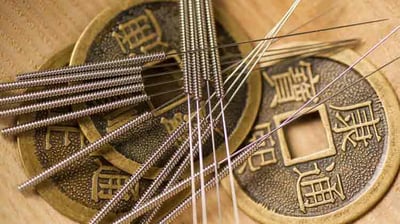
And just in case you’re wondering, the most recent NCCAOM salary survey that I was able to find is from 2013 (links to more recent reports yielded a 404 error), and it lists the median annual income for Licensed Acupuncturists as $52,000 per year (page 5). While we probably assume that this number is now higher (most wages in the US have increased since then), there’s no system in place to make that information publicly available.
However it is important to note that the, average earnings for acupuncturist did increase between 2008 and 2013. In 2008, more than 70% of practicing acupuncturists earned less than $60,000 per year. By 2013, that percentage decreased to 58.3%. On the other end of the spectrum, around 8.7% of practicing acupuncturists made more than $121,000 or more per year. In 2013, that percentage increased to 12.3%!
How Many Acupuncturists are there in the US?
In 2004, there were approximately 22,671 practicing acupuncturists in the United States. In 2015, a survey conducted by the McLean Center for Complementary and Alternative Medicine reported that were approximately 34,481 practicing acupuncturists in the US. This is marks a 52% increase in the number of licensed acupuncture physicians in roughly 10-years!
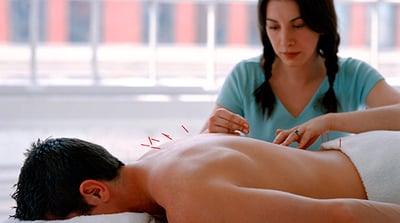
Opportunities/ Challenges for Acupuncturists
Availability/Location: In the same 2015 study done by McLean Center for Complementary and Alternative Medicine, it was noted that over 44% of practicing acupuncturists are located in two states: California (32.39%) and New York (11.89%).
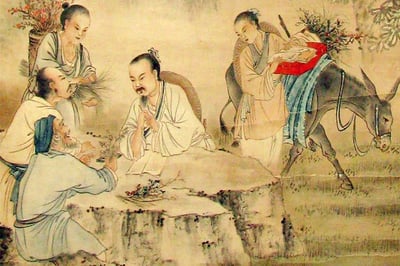
Unsurprisingly, over 50% of all-acupuncturists are located in urban areas! This means that there’s real opportunity to introduce the practice of acupuncture in suburban and rural areas, especially in states other than California and New York.
Continuing Regulation: State-regulation of acupuncture started in 1972, when Nevada passed the Chinese Medicine Act. More than 40-years later, 47 states and Washington, DC now have acupuncture laws. The three states that currently do not regulate acupuncture are Alabama, Oklahoma, and South Dakota. NCCAOM is pushing for acupuncture legislation in those states.
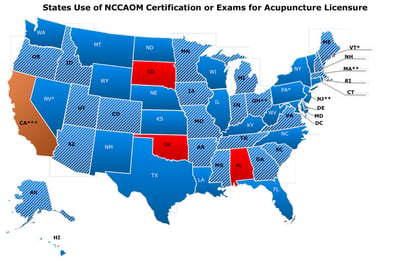
Opioid Crisis: Opioid addiction is an on-going public health emergency in the US. Unfortunately, a large number of addiction cases begin after patients are legitimately prescribed opioids to treat pain and serious medical reform will be needed to treat pain and to help prevent, treat, and aid in addiction recovery.
Luckily, there are a large number of studies that strongly suggest that acupuncture is an effective complimentary treatment for pain management, and so acupuncture has been making the news as a possible alternative to opioids or as a complementary treatment (using acupuncture in conjunction with opioids, but a lower doses than regularly prescribed). NCCAOM has also made it a priority to push for the advocacy of acupuncture as a solution to the opioid epidemic.
As such, future acupuncturists can be sure that they will find themselves working to end the opioid crisis.
Future of the Acupuncture Profession
Covering the history of the acupuncture profession in the United has certainly been interesting.
However, the important take away for all this isn't simply to learn some fun, historical facts; it's to show that acupuncture is still a relatively new profession in America.
This means that the industry will change as acupuncture becomes more popular with the general public, as more states change regulations, and as Oriental Medicine finds itself competing with or complimenting Western Medicine.
The path you take will look different than the path someone else takes, but it's certainly an exciting time to become an acupuncturist. It’s up to you to explore new frontiers as an acupuncturist in modern American.
Take the first step of this career path and begin exploring acupuncture schools. The Oriental Medicine program at Acupuncture and Massage College in Miami, Florida is the perfect place to begin your acupuncture career! You can visit us in person at 10506 North Kendall Drive, Miami, Florida 33176 or call us at (305)595-9500. And be sure to download our free acupuncture career guide below:
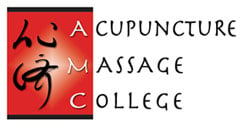
 (305) 595-9500
(305) 595-9500







